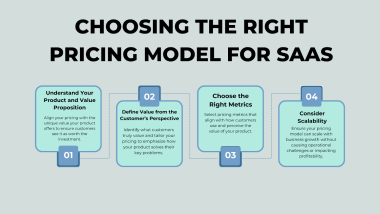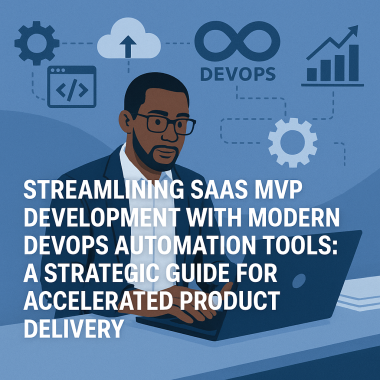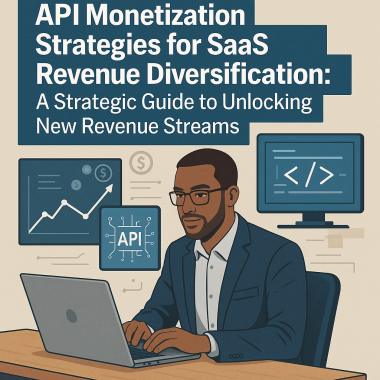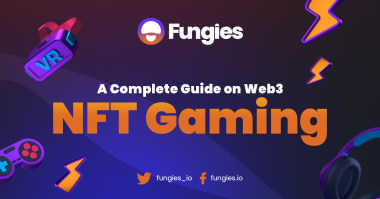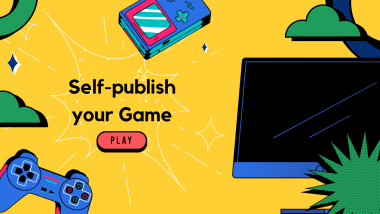In today’s tech landscape, solo developers now have unprecedented opportunities to leverage AI-powered tools that dramatically reduce development time and costs when building SaaS products. These technologies enable individual founders to automate repetitive coding tasks, generate content, and deploy applications efficiently, allowing them to compete with larger development teams while maintaining lean operations.
Key Takeaways
- AI development tools like LangChain and Cursor AI can automate repetitive coding tasks, allowing solo developers to focus on core product development
- Implementing low-code platforms can significantly reduce development time while maintaining product quality
- Proper AI tool selection based on scalability and integration capabilities is crucial for long-term success
- Early-stage product validation should precede fundraising efforts to demonstrate market potential
- Generative AI can be leveraged for content creation, business analytics, and audience monitoring to reduce operating costs
Essential AI Tools for Solo SaaS Developers
The right combination of AI tools can transform how solo developers build and scale SaaS products. Tools like LangChain and Cursor AI help automate repetitive coding tasks that would typically require hours of manual work.
Infrastructure platforms such as Supabase and Vercel provide streamlined deployment options that eliminate the need for complex DevOps knowledge. These solutions handle many backend complexities that would traditionally require dedicated teams.
For content creation and marketing needs, AI offers powerful assistance options:
- AI-powered content generators for blog posts and documentation
- Automated social media content scheduling and creation
- Ad copy generation and optimization
- Email marketing sequence development
Boosting Coding Efficiency Through Automation
Solo developers face significant time constraints when building complete SaaS solutions alone. AI code assistants can generate boilerplate code, suggest optimizations, and even debug issues—functions that previously required multiple programmers.
Low-code platforms present another valuable option for solo founders with limited development resources. These platforms enable rapid application development without sacrificing customization capabilities that users expect.
Consider implementing these efficiency-boosting practices:
- Use AI to generate test cases and identify potential bugs before deployment
- Leverage code completion tools to write standard functions more quickly
- Implement automated CI/CD pipelines to streamline deployment processes
- Utilize pre-built components and templates to accelerate UI development
Selecting the Right AI Tools for Your SaaS Product
Not all AI tools deliver equal value for solo developers with limited resources. Focus on evaluating scalability when selecting tools—ensuring they can grow alongside your user base without requiring major architecture changes.
Integration capabilities represent another crucial consideration for tool selection. Choose solutions that connect seamlessly with your existing tech stack to avoid creating development bottlenecks.
Key factors to evaluate when selecting AI tools include:
- Pricing models that scale reasonably with usage
- Quality of documentation and community support
- API reliability and performance under load
- Data privacy compliance features
Effective Fundraising Strategies for Solo Founders
Solo developers seeking investment should prioritize product validation before approaching potential investors. Demonstrating actual user adoption, even at a small scale, provides compelling evidence of market fit that investors value.
Maintaining lean operations allows solo founders to extend runway and reduce capital requirements. This approach emphasizes revenue generation over costly growth tactics, making the business more attractive to early-stage investors.
Consider these fundraising approaches specifically suited to solo developers:
- Focus on bootstrapping until reaching initial revenue milestones
- Leverage revenue-based financing options that don’t require equity
- Build relationships with angel investors who understand technical products
- Create detailed documentation of your development process to demonstrate efficiency
Latest AI Trends Reshaping SaaS Development
Generative AI technologies now enable solo developers to create sophisticated interfaces and content that previously required dedicated design teams. These tools can generate everything from UI components to marketing materials with minimal input.
Predictive analytics capabilities allow solo founders to implement personalized user experiences that were once only possible for larger companies. By analyzing user behavior patterns, these systems can automatically tailor product features to individual preferences.
Cloud infrastructure advances have significantly reduced deployment complexity:
- Serverless architectures eliminate infrastructure management needs
- Auto-scaling capabilities ensure cost efficiency during usage fluctuations
- Edge computing options improve application performance globally
- Managed database services reduce administrative overhead
Building a Minimum Viable Product with AI Assistance
Creating an effective MVP remains crucial for solo developers looking to validate their SaaS concepts quickly. AI tools can significantly accelerate this process by automating routine development tasks while maintaining quality.
Focus on incorporating core functionality that addresses your target users’ primary pain points rather than building comprehensive feature sets. This approach allows for faster market entry and earlier feedback collection.
Consider this streamlined MVP development approach:
- Use AI to generate initial code framework and data models
- Implement a minimal but polished user interface
- Automate testing to ensure stability despite rapid development
- Deploy analytics from day one to capture user behavior insights
Engaging with Developer Communities for Growth
Solo developers benefit tremendously from active participation in technical communities where they can learn about emerging AI tools and development approaches. These communities provide invaluable feedback and potential early adopters for your product.
Regularly sharing your development journey and technical insights helps establish credibility within these communities. This approach can lead to collaboration opportunities and referrals that accelerate product growth.
Effective community engagement strategies include:
- Contributing to open-source projects related to your product domain
- Participating in technical forums to solve others’ problems
- Creating educational content about your development process
- Attending virtual and in-person meetups for direct networking
Sources
YouTube: AI Tools for Developers
Dev.to: 11 Innovative AI SaaS Ideas for Founders Looking to Build in 2025
YouTube: SaaS Development Strategies
Callin.io: Can a Solo Developer Build a SaaS App?
